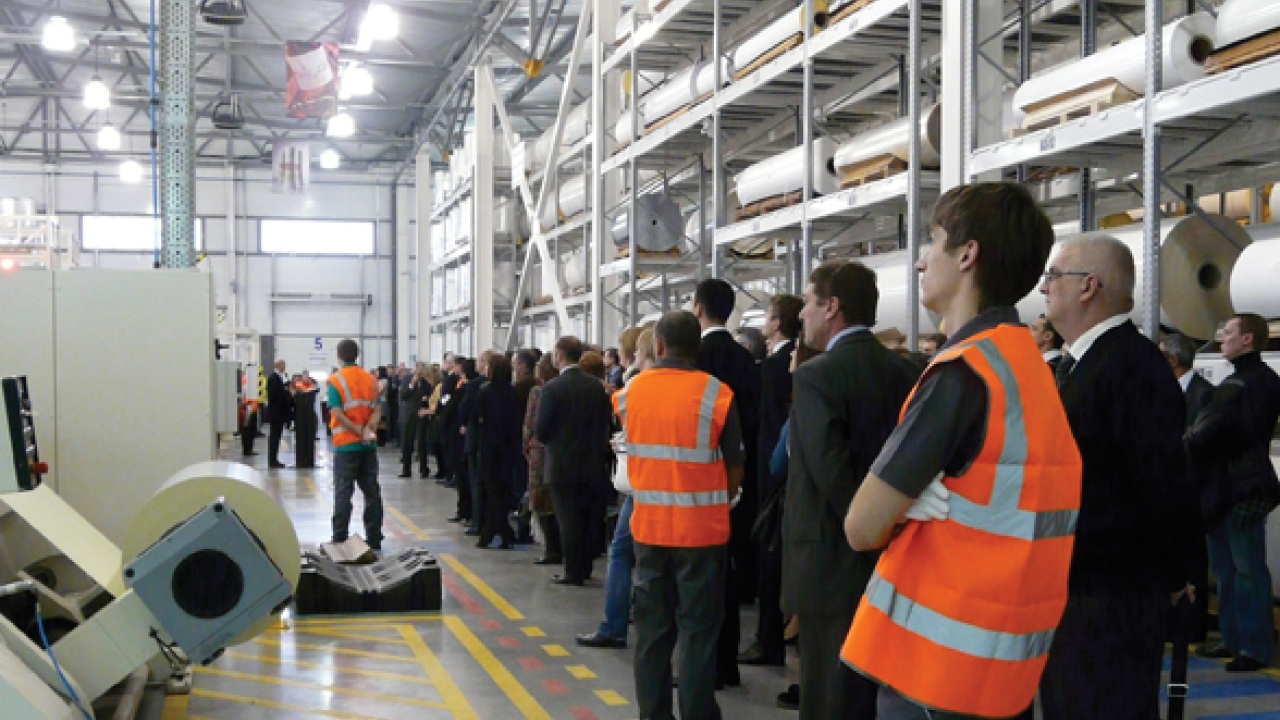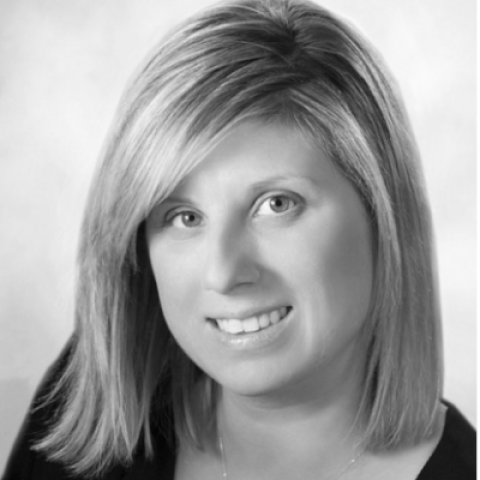Avery Dennison and Artmark invest in Russia

The Russian market is hungry for new label materials as consumers are increasingly influenced by shelf appeal. Investment by Avery Dennison in a new Moscow DC supports the infrastructure for brands to excel, writes Danielle Jerschefske
According to European label association Finat, Russia experienced 20 percent growth in pressure sensitive material volumes in 2010 – an astonishing rate considering how badly hit the nation was by the global economic crisis of 2009. Consumer confidence has meanwhile improved consistently: the nation has a highly urbanized population and the highest GDP per capita of all the BRIC (Brazil, Russia, India, China) countries.
International branded goods companies (CPGs) recently started taking shares in Russian companies to take advantage of this market growth. Most recently Unilever purchased a majority share of Concern Kalina, Russia’s largest cosmetics firm, placing it at number two in the market. L’Oreal, PepsiCo and Danone have all made billion dollar investments in the last five years. Gearing up for significant growth, CPGs are eager to build world-class value streams here supported by reliable local procurement and globally integrated systems.
Vodka is the great Russian drink. There are 3,500 national brands of vodka and at the average retailer an entire aisle is dedicated to shelving the ubiquitous clear bottle filled with the citizen’s choice liquor. Bottle prices range from three dollars to 100 dollars. Competition is tough. The rewards for successful brands are huge.
The alcoholic beverage industry was recently hit by a government ban on alcohol advertizing via TV and print, and by a potentially crippling proposal categorizing beer for the first time as ‘alcohol’. This has placed a greater emphasis on the label and package as the key communication stream. Domestic and international brands are eager to stand out in a crowded market and are willing to invest to maintain equity in the prosperous Russian market.
Servicing a giant
Russia’s per capita consumption of PS labels is estimated at just two and a half sq meters, compared to 15-18 sq meters in Western markets. This is the same as Turkey but considerably more than China, where consumption sits at 0.9 sq meters. From 2003–2010 Avery Dennison experienced 15 percent average annual growth in the Russian market. Looking ahead to 2015, the global label material supplier expects to achieve growth of five to 10 percent, in line with forecasts for the general economy.
Russia’s two largest cities, Moscow (population 12 million) and St.Petersburg (eight million), together account for 20 percent of the overall FMCG market. Distribution is key for success in any emerging market, and with nine time zones, in Russia this is particularly so.
Artmark Label Systems is the exclusive Avery Dennison distributor in Russia. Last November, the partners opened a state-of-the-art distribution center in Moscow. In addition to this new facility, Artmark operates four distribution centers across Russia – in Ekaterinburg, where the Kalina/Unilever plant is located, Rostov-on-Don, Saint Petersburg and Novosibirsk.
The joint eight million dollar investment increased the building size to 5,000 sq meters and includes a fully automated packaging line, dust-free systems to support high quality printing, new capabilities to prevent telescoping in film and clear-on-clear applications, new automation systems and other capital investment to improve quality control and boost overall production. Operating with two shifts, the facility has already doubled its previous per month capacity to convert 170 million sq meters of material annually. It now can supply a wider portfolio of specialty materials to help Russian converters differentiate themselves in areas such as exclusive spirits brands, security applications for high-end products and anti-counterfeit pharma applications.
Additionally, Avery Dennison’s popular Exact cut-to-fit roll materials program now includes clear-on-clear rolls up to 6,000m, which should help Russian clients reduce their costs and waste. The company says there is 24-hour service to customers in a 300-kilometer area around each DC.
Angelo Depietri, vice president and general manager, label and packaging materials – Europe, says: ‘We are creating the environment for brands to enter the market and find the same product that they use in mature markets and all over the world.’
Avery Dennison and Artmark Label Systems recently celebrated the 15th anniversary of their business partnership. Ilgar Mamedov general director of Artmark Label Systems says, ‘ I am proud of what we have done at Artmark and the history of the partnership with Avery Dennison. We have built a great team.’
Jeroen Diderich, VP sales, label and packaging materials – Europe, says, ‘From a design and technological perspective, Russia is a very advanced market. For instance, in the spirits category, the penetration rate of pressure sensitive material is already very high. We expect other segments such as beer and wine to follow in this development.’
Russia Facts:
- 140 million people
- Eighth largest economy in the world
- 1.8 times the size of the US
- Nine time zones
- World’s 10th largest packaging market
- World’s eighth fastest growing packaging market
- Zelenaya Marka is most popular vodka brand
- 40 foreign beer brands brewed locally
Beer in Russia
Reuters 4/21/11
Government may ban sale of beer in plastic bottles by 2013; aimed at big bottle, high strength beers and night sales to minimize alcohol abuse. Beer sold in plastic bottles represents about half of total volume.
Just Drinks 6/21/2011
Beer sales drop to 2005 levels. Carlsberg 40 percent share, ABI 16, Heineken 14, Efes 10
Financial Times 7/11/2011
New bill classifies beer as alcohol and will curb sales between 11 pm and eight am and ban it from kiosks, airports and train stations (effective Jan 2013)
Russia Beyond the Headlines 8/15/2011
Beer market grew 40 percent in past decade, but contracted 15 percent, moving market to fourth largest globally
Stay up to date
Subscribe to the free Label News newsletter and receive the latest content every week. We'll never share your email address.

